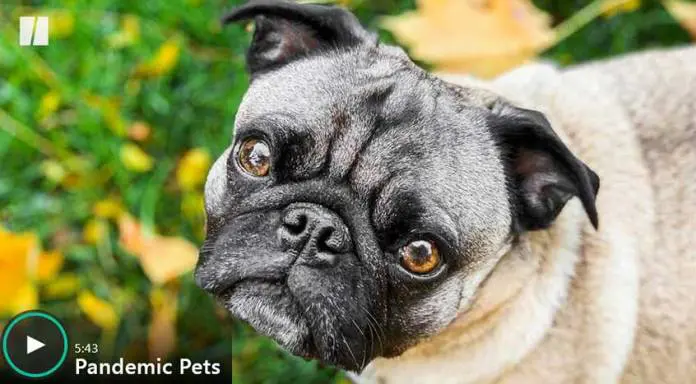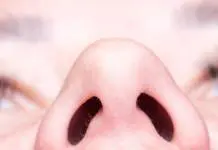
The Michigan Department of Agriculture and Rural Development has identified the mysterious disease killing dogs in the state as canine parvovirus. More than 30 dogs at an animal shelter in Ostego County died from the disease, and other shelters as well as private pet owners recorded dog fatalities from the strange infection.
State officials have however identified the disease and noted that it only affects unvaccinated dogs. State Veterinarian Nora Wineland said there are effective vaccines against the disease, and that it could prove highly contagious and very severe in infected dogs. She clarified that canine parvovirus is not contagious to humans and other domestic animals.
“We have a highly effective vaccine available to help protect dogs from the virus,” Wineland said. “Dogs that are not fully vaccinated against this virus are the most at risk,” she continued. “Dog owners across Michigan must work closely with their veterinarians to ensure their dogs are appropriately vaccinated and given timely boosters to keep their pets safe and healthy.”
The director of the Michigan State University Veterinary Diagnostic Laboratory, Kim Dodd, said infected dogs experience fatigue, diarrhea, and loss of appetite. She however expressed concern that despite being infected with the disease, most dogs tested negative to screening tests conducted at veterinary clinics and animal shelters.
“While those tests are valuable in the clinical setting, they are not as sensitive as the diagnostic tests we can perform here in the laboratory,” Dodd stated. “We continue to further characterize the virus in hopes of better understanding why those animals were testing negative on screening tests.”
Given the current trajectory of canine parvovirus, it is hoped that dog owners in Michigan will vaccinate their dogs to reduce the chances of infection. State officials urged dog owners to work with their veterinarians and animal carers to get the vaccination to curtail the spread of the disease.











